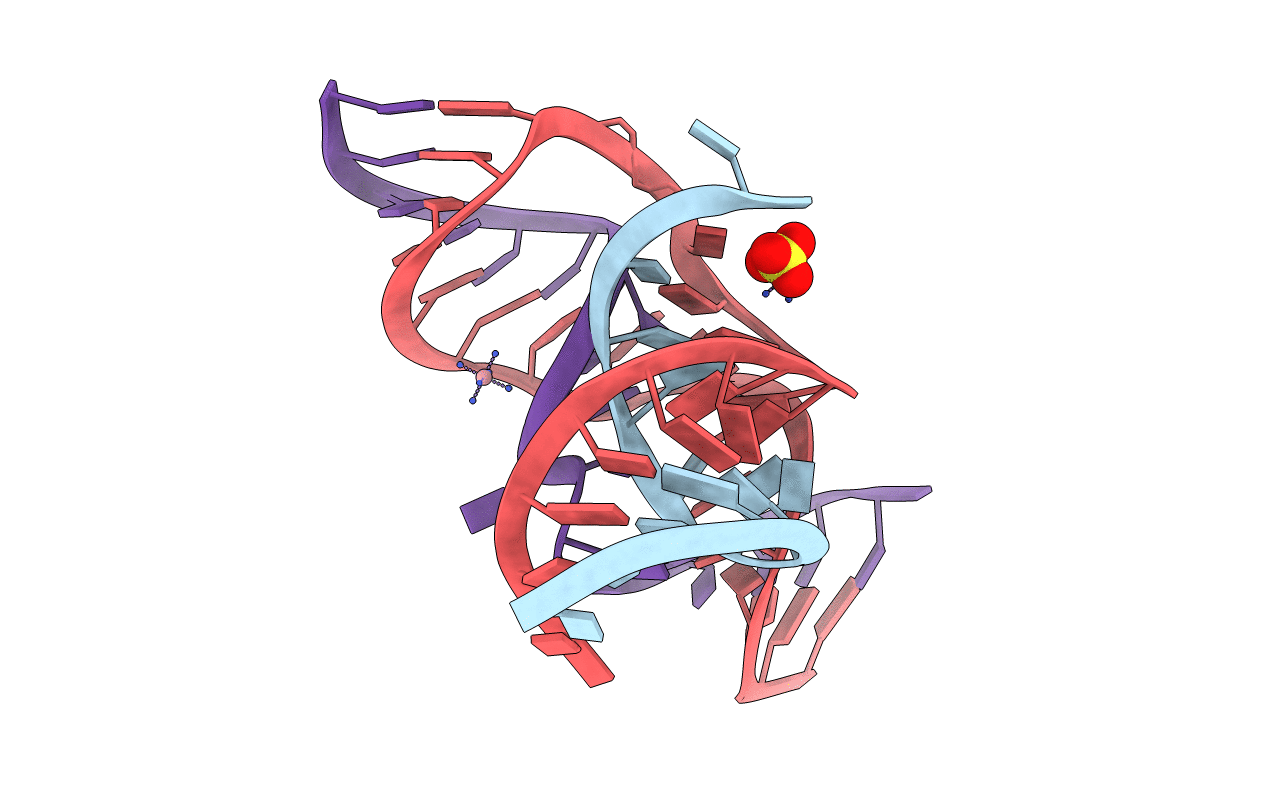
Deposition Date
2012-07-19
Release Date
2012-08-15
Last Version Date
2024-02-28
Entry Detail
PDB ID:
4G6P
Keywords:
Title:
Minimal Hairpin Ribozyme in the Precatalytic State with A38P Variation
Biological Source:
Source Organism:
Method Details:
Experimental Method:
Resolution:
2.64 Å
R-Value Free:
0.19
R-Value Work:
0.18
R-Value Observed:
0.18
Space Group:
P 61 2 2


